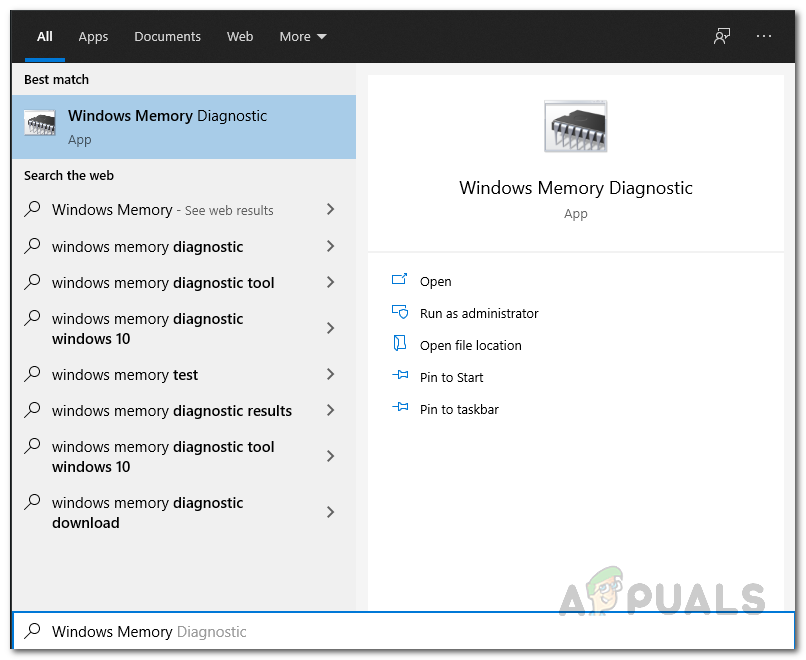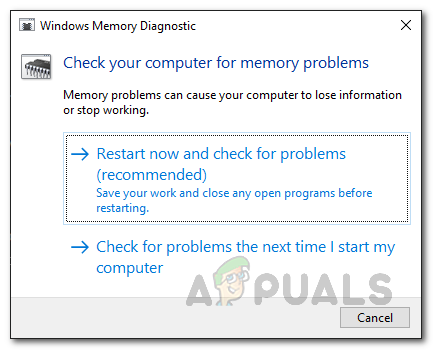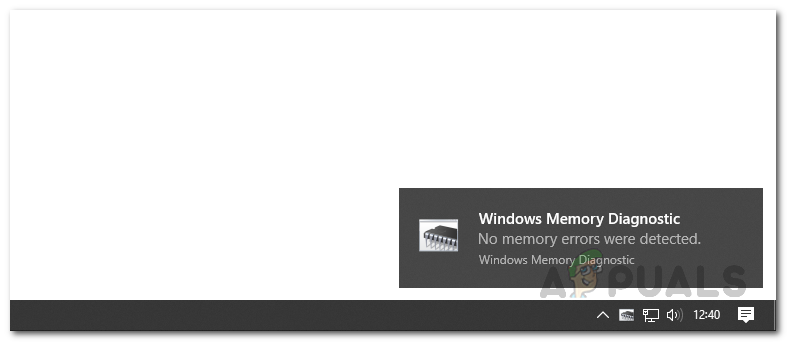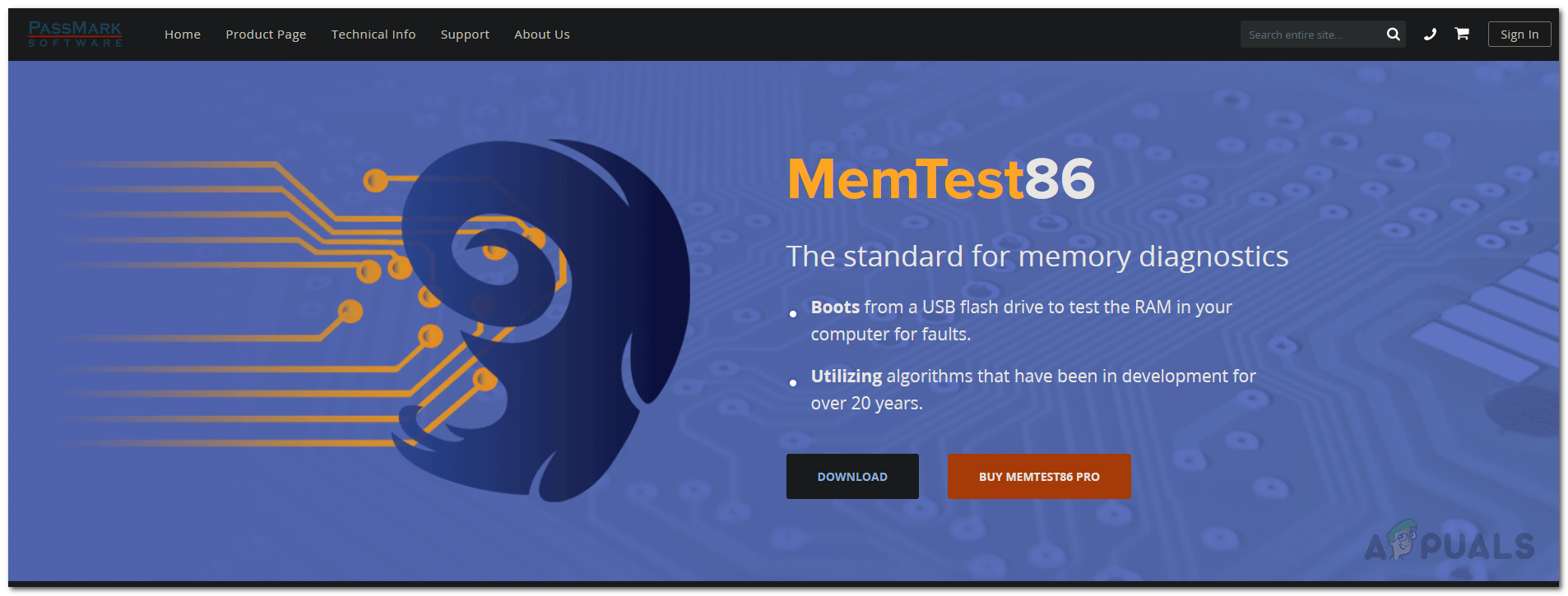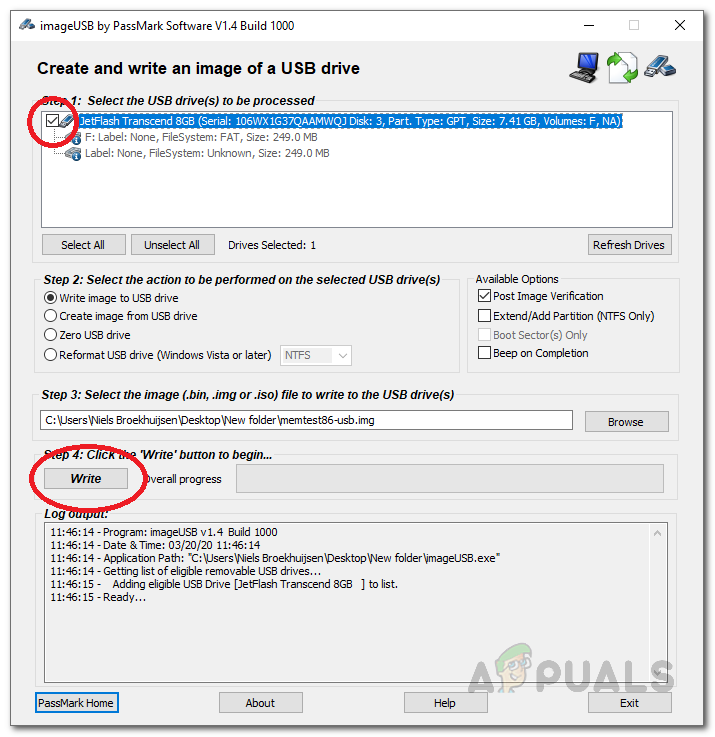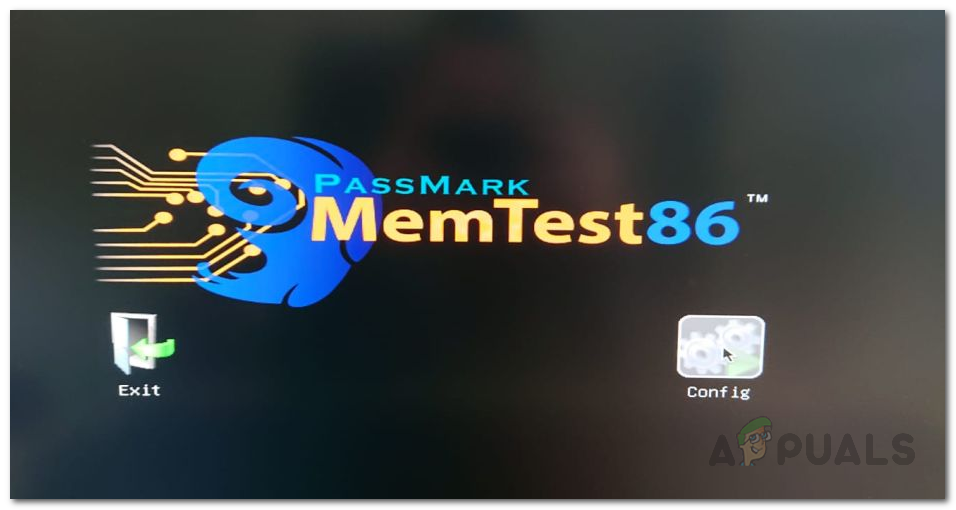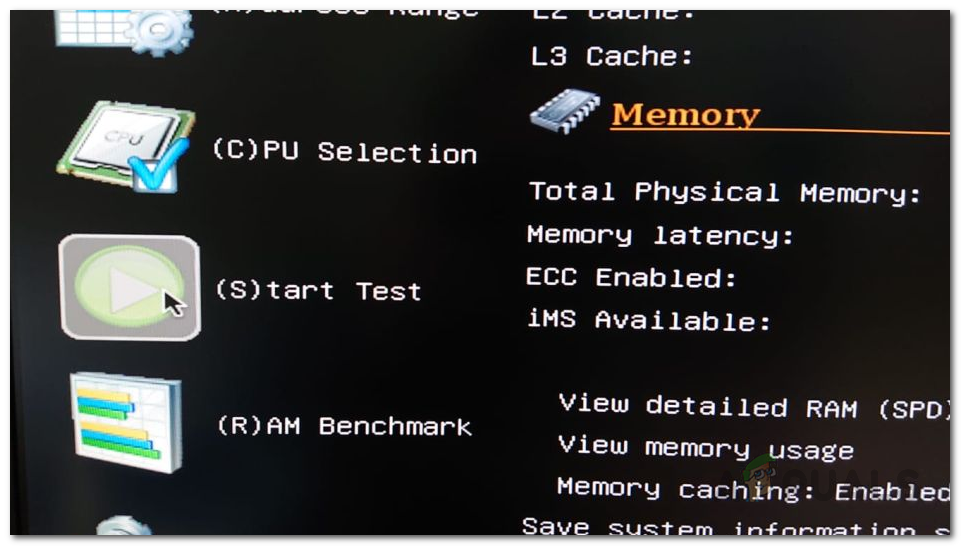First things first, what exactly is the memory management error? As it turns out, memory management is actually very vital to your computer and specifically the operating system, Windows in this case, so that your system runs without any issues. As obvious from the name itself, memory management is basically responsible for managing your system memory. This includes a whole lot of things like your RAM, your GPU’s RAM and much more. When your operating system is not able to manage the memory of your system properly, you will have to deal with issues like the MEMORY_MANAGEMENT blue screen of death here. Memory management keeps track of your memory, whether it is being used or is free. With that said, before we proceed with showing you the different workarounds that can help you get rid of the blue screen of death error, let us first understand why this issue actually occurs so that you can isolate the issue source which would help in ultimately resolving the issue. So, without further ado, let us get started. Now that we have gone through the possible causes of the error message in question, it is time to take you through the different solutions that can help you resolve the issue. It is important to note that the memory management error is not linked to something specific and you will have to try a range of fixes to actually resolve the issue as the cause of the problem can vary in different cases. With that said and out of the way, let us get started without any delay.
Verify System Files
The first thing that you should do when you face the error message in question is to verify that your system files are fine. This will remove the possibility of any corruption or damage to your system files which can sometimes be a factor in triggering the memory management error. To do this, we will be using the System File Checker tool, also known as SFC, that comes with every version of Windows. With the help of this utility, we will run an SFC scan on your system. The tool will scan your system files for any corruption and then try to repair them. To do this, follow the instructions given down below:
Update your Drivers
As it turns out, if you have faulty drivers on your system, that can trigger the problem that you are facing as well. In such a scenario, it is recommended that you make sure all your drivers are up to date. It may even be a good idea to uninstall the drivers and then reinstall them so that you are running on the latest version. Instead of using the Device Manager, you can also refer to your manufacturer’s website to download the drivers of your product and then install them. This includes your GPU drivers and more. To update your drivers, you can follow our guide that takes you through the process step by step here.
Perform Memory Diagnostic Test
The memory management error can, more often than not, be associated with bad RAM sticks. You can check and improve your RAM health very easily via a built-in utility in Windows or with the use of a third-party tool, whichever suits you. Windows comes up with a built-in Memory Diagnostic tool that checks the memory on your computer and reports issues if any. To do this, follow the instructions given down below: You can also use a third-party tool like Memtest86 to check the memory on your system. You will need a USB for this so make sure you have one. To do this, follow the instructions given down below: Once you have the results of the test and they are negative, that means your RAM sticks are working fine and something else on your system is causing the issue. In such a case, move to the next solution. However, if there were any issues detected with your RAM, you will have to check which stick exactly is causing the issue assuming you have multiple sticks. This can be done by opening up your PC case and removing the case. Once you have removed them, put one stick back in and boot up your computer to check if you encounter any issues. Then, remove the currently seated RAM and put it in a different one. This way, you will be able to pinpoint the RAM stick that is actually triggering the issue. Unfortunately, once you have found the problematic RAM stick, you will have to simply replace it as it can’t be used anymore.
Boot in Safe Mode
As it turns out, the third-party software that you have installed on your system can also cause the memory management error that you are facing. In such a scenario, the optimal way of dealing with this would be to boot Windows in safe mode and then see if the blue screen of death error appears. In case it doesn’t, then it is pretty obvious that the issue is being caused by a third-party software on your system. If this case is applicable, you will have to uninstall any applications that you might have installed recently that could potentially be resulting in the error message. To boot Windows in safe mode, follow the instructions given down below:
How to Fix Blue Screen of Death Error 0xc0000428Fix: ATTEMPTED SWITCH FROM DPC Blue Screen of Death Error[Fix] ‘Microsoft Game Input’ Causing Blue Screen of Death on Windows 11Fix: CLOCK_WATCHDOG_TIMEOUT Blue Screen of Death on Windows 10



